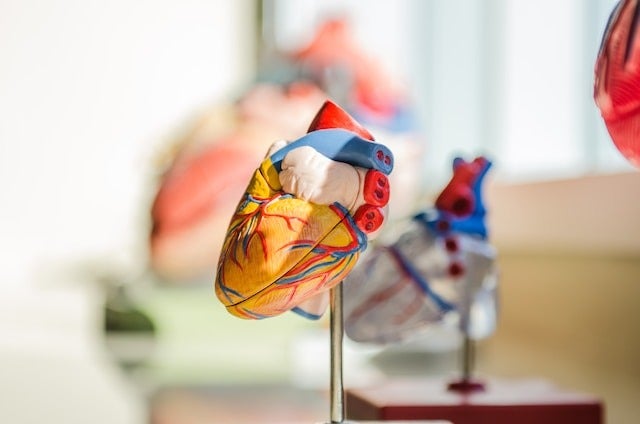
US-based medical device company Abbott has received the US Food and Drug Administration (FDA) approval for AVEIR dual chamber (DR) leadless pacemaker system.
The AVEIR DR leadless pacing system is designed to be shorter, smaller, and slimmer than a AAA battery, measuring around one-tenth the size of a traditional pacemaker.
It comprises two devices, the previously FDA-approved single chamber device that paces the right ventricle, and the currently approved single chamber device that paces the right atrium.
The AVEIR DR system leverages Abbott’s unique i2i communication technology, which enables coordinated cardiac pacing between the two leadless pacemakers.
The technology uses high-frequency pulses to relay messages through the naturally conductive body’s blood, to enable beat-to-beat communication between the two leadless pacemakers.
AVEIR DR is the world’s first dual chamber leadless pacing system that treats people with abnormal or slow heart rhythms, said the US-based medical device maker.
Mount Sinai Hospital and the Mount Sinai Health System cardiac arrhythmia services director Vivek Y Reddy said: “Modern medicine has been filled with technological achievements that fundamentally changed how doctors approach patient care, and now we can officially add dual chamber leadless pacing to that list of achievements.
“In delivering a true dual chamber leadless pacemaker system, Abbott is expanding access to the benefits of leadless pacing to far more people than ever before and provided additional options to improve our ability to treat people with slow or abnormal heart rhythms.”
Unlike traditional pacemakers, the two leadless implants are placed directly into the heart through a minimally invasive procedure and eliminates the need for cardiac leads.
The leadless pacemaker system reduces patient’s exposure to potential lead and infection-related complications and offer a less restrictive and shorter recovery period post-implantation.
Also, the beat-to-beat conductive communication will consume less battery power compared to inductive, radio frequency or Bluetooth communication, said the company.
In a recently published clinical data, the leadless pacemaker system has met its three prespecified primary endpoints for safety and efficacy.
Also, results from its Investigational Device Exemption (IDE) study showed a 98.3% implant success rate for physicians and successful atrio-ventricular synchrony in over 97% of people.
Abbott cardiac rhythm management business senior vice president Randel Woodgrift said: “Leadless pacemakers have been limited to a single chamber device because seamless, wireless synchronization of two pacemakers has been an insurmountable engineering challenge – until now.
“Our team of dedicated scientists and engineers solved one of medtech’s complex challenges in treating abnormal heart rhythms with the AVEIR pacemaker, a tiny device packed with powerful technology.”





